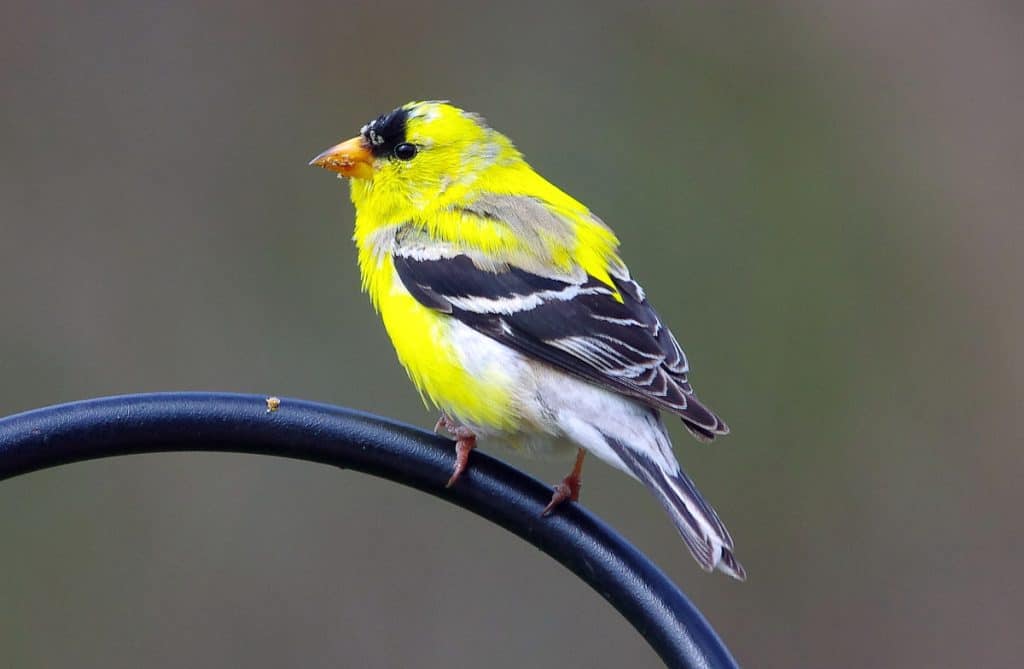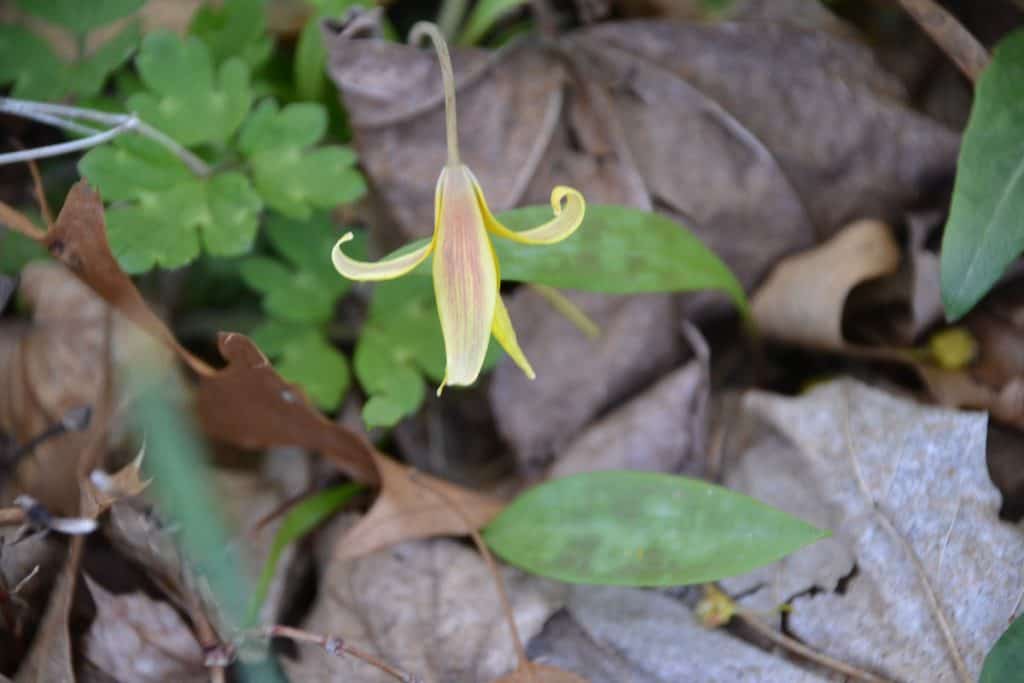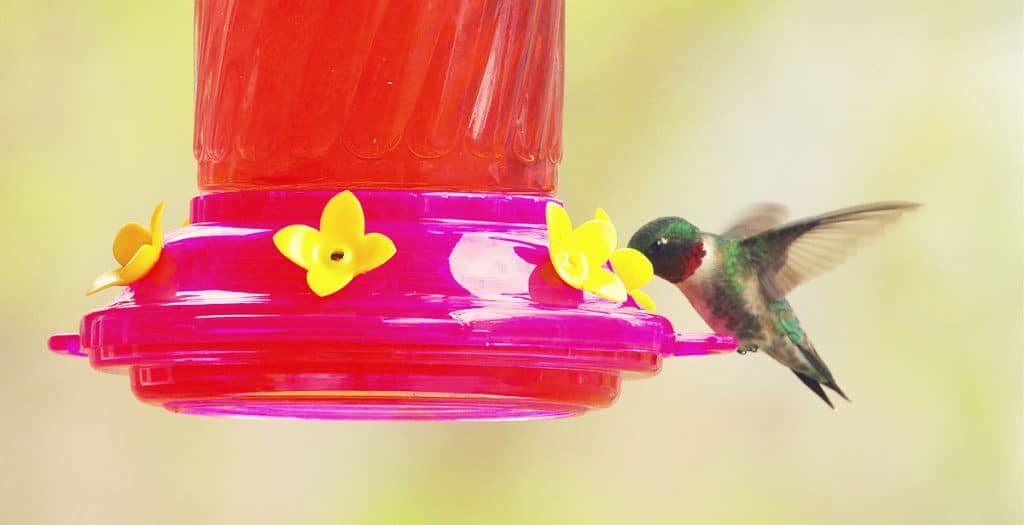Here’s what’s blooming in town this week to make your walks more enjoyable
One of our most beautiful native woodland wildflowers (Erythronium americanum) goes by two common names: dogtooth violet and trout lily. The name dogtooth violet comes from the shape of the not-quite-open flower, when it looks like a long, pointed canine tooth. The violet part of the name is more puzzling, since it is neither the color violet nor related to the flower violet (Viola spp.). It does bloom at approximately the same time, early spring, and its seeds are aided in their dispersal by the same insect ally – ants. The other frequently used common name of trout lily refers to the mottled pattern of the leaves, somewhat resembling the pattern on the trout’s skin. Since it is in the lily family, this part of the name is not so unreasonable.
It can be found in the woods in many places around the Northeast and is an attractive garden plant although not the easiest to transplant and not often available in nurseries. This plant often grows in colonies, reproducing not only by seed but also from small bulbs which may remain connected until the small bulbs are strong enough to separate from the original, more established bulb. They are well-adapted to dry, shady locations. Early spring is a very good time to walk in the woods and look for blossoms underfoot, as there are many plants which flower early before the leaves on the canopy trees mature and shade the small plants that grow on the forest floor.
May is the busiest month in most nurseries. Many popular plants are in bloom, and families often shop for trees, shrubs or perennials as Mother’s Day gifts. One of the most popular trees for this occasion is flowering dogwood (Cornus florida), which is just beginning to flower now – most flowering dogwoods in town are likely to be in full bloom next week. As for shrubs, the favorite is easily common lilac (Syringa vulgaris), which is also just beginning to bloom this week due to the cool days we have been having for the last few weeks. Many flowering cherry and plum trees are already past their peak of bloom, and petals drift down on the wind or form pink to white puddles under the branches.
At their peak this week are crabapples, trees grown more for their ornamental blossoms than for their tasty fruit. Most crabapples have very small fruit indeed, since if you do not plan to harvest the apples it is better not to have large fruit to clean up. Crabapple blossoms may be almost any shade of pink from bright to very nearly white, and totally white flowers are also common. The small fruit may be considered ornamental, and fruit colors when ripe can be either yellow or red, and they often add a second season of interest in the later half of the growing season. The small fruits may provide food for wildlife, but not all of them are eaten as soon as ripe. It is not unusual for some to remain most of the winter, somewhat dried out, and feed the birds who remain in the area rather than migrate south. Crabapples, like most of our tree fruits, are members of the rose family and typically have flowers with five petals. Since they bloom a little later than the plums and most cherries, the foliage is already more developed when the flowers open.
Birds that have been seen at the feeder all winter include our bright goldfinches. In the winter months, both males and females have subtle plumage colors, but for several weeks now the males have been losing their duller plumage and growing vivid yellow feathers. They have almost the same colors as the daffodils now, which makes them very noticeable at the feeder. While they are known to be especially drawn to thistle seeds, they will also eat a wide range of other seeds in most birdseed mixes, and happily forage among the garden plants later in the season. Squirrels, too, are looking for a very varied diet, but my birdseed will likely disappoint them, since it is treated with hot peppers which birds don’t mind but most rodents find distasteful. If they pick through the spicy mixture, they might find a seed or two that they’d find palatable.
Editor’s Note: Laura Eisener is a landscape design consultant who helps homeowners with landscape design, plant selection and placement of trees and shrubs, as well as perennials. She is a member of the Saugus Garden Club and offered to write a series of articles about “what’s blooming in town” shortly after the outbreak of the COVID-19 pandemic. She was inspired after seeing so many people taking up walking.







